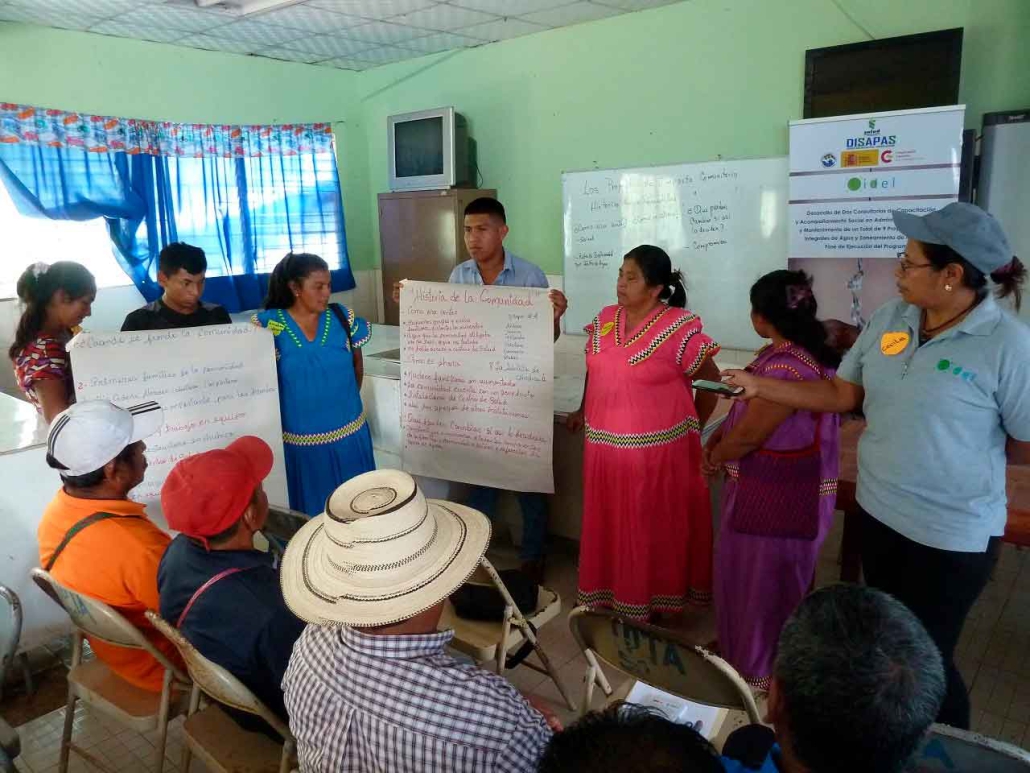COUNTRY CONTEXT
A high percentage of Panama’s population has access to improved water (94%). However, there are significant differences between rural and urban areas in the country (86% access rate), and this is particularly noticeable in some indigenous regions. This is the case for the population of the Ngäbe-Buglé region, where 91% of the population suffers from high levels of poverty.
Precisely for this reason, two of the Water Fund’s interventions in the country focus mainly on indigenous and rural areas. The aim is to improve access to water and sanitation by constructing water and sanitation systems, community management of these systems and promoting local development plans with the strengthening of water and sanitation institutions.
These programmes include strategic components for the sustainability of the services implemented and pay special attention to gender, incorporating strategies for the improvement and empowerment of women in the community. An example of the work carried out is the creation of the School for Female Leaders, focused on the training and empowerment of indigenous women in the Ngäbe-Buglé region, with the aim of promoting female participation in the Water and Sanitation Boards, as well as in other community decision-making spaces. In 2021, this initiative was awarded by the Global Water Operators’ Partnerships Alliance (GWOPA) and UN Habitat in the category of “Successful Practices for Gender Inclusion in Water and Sanitation Programmes” .


